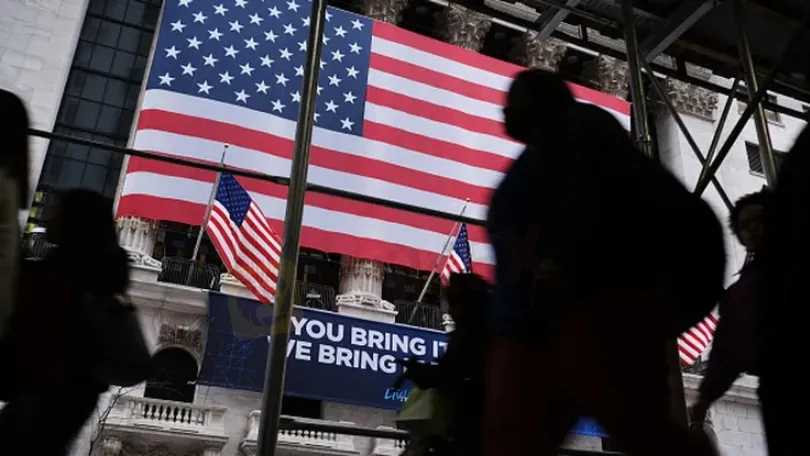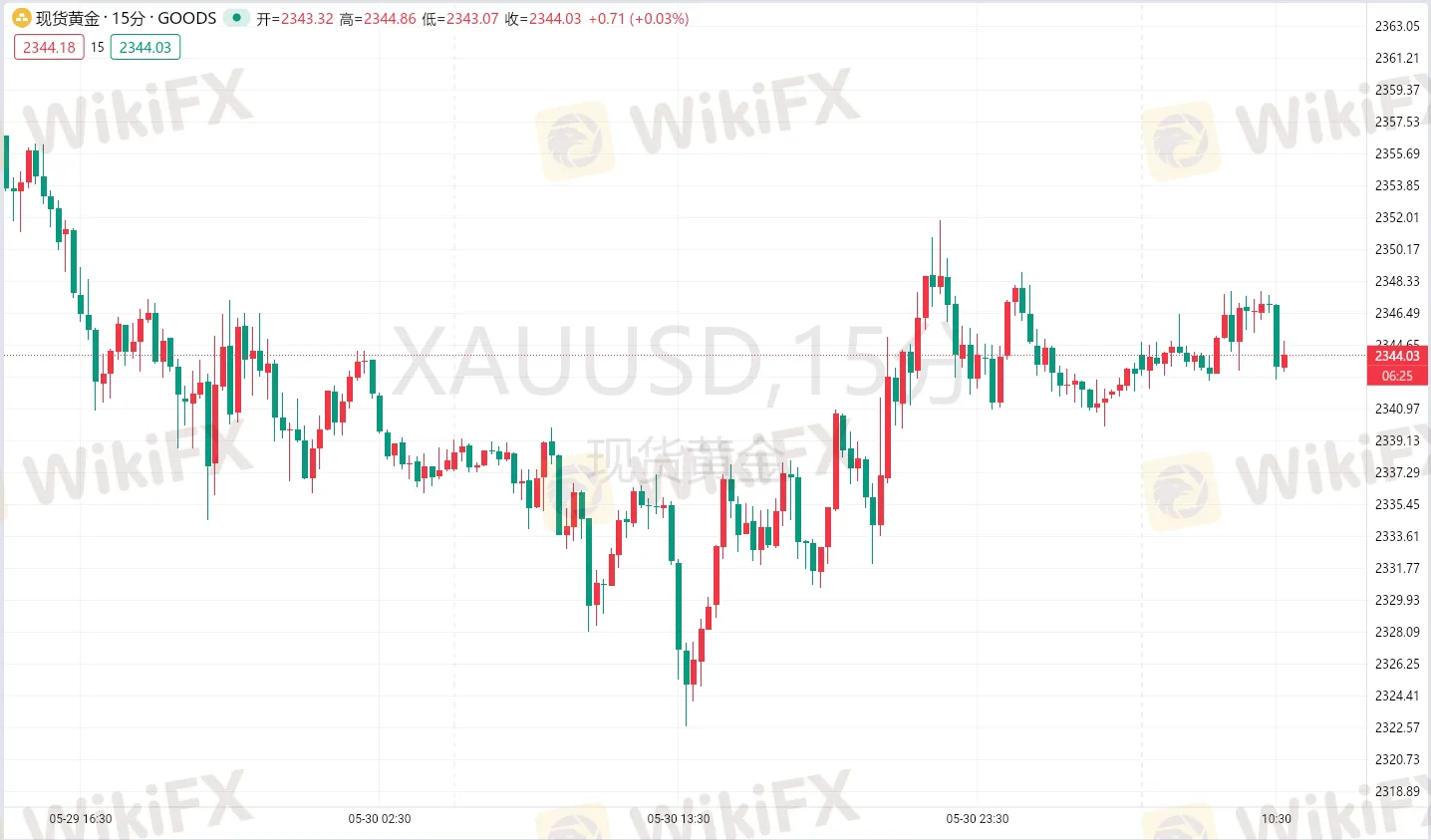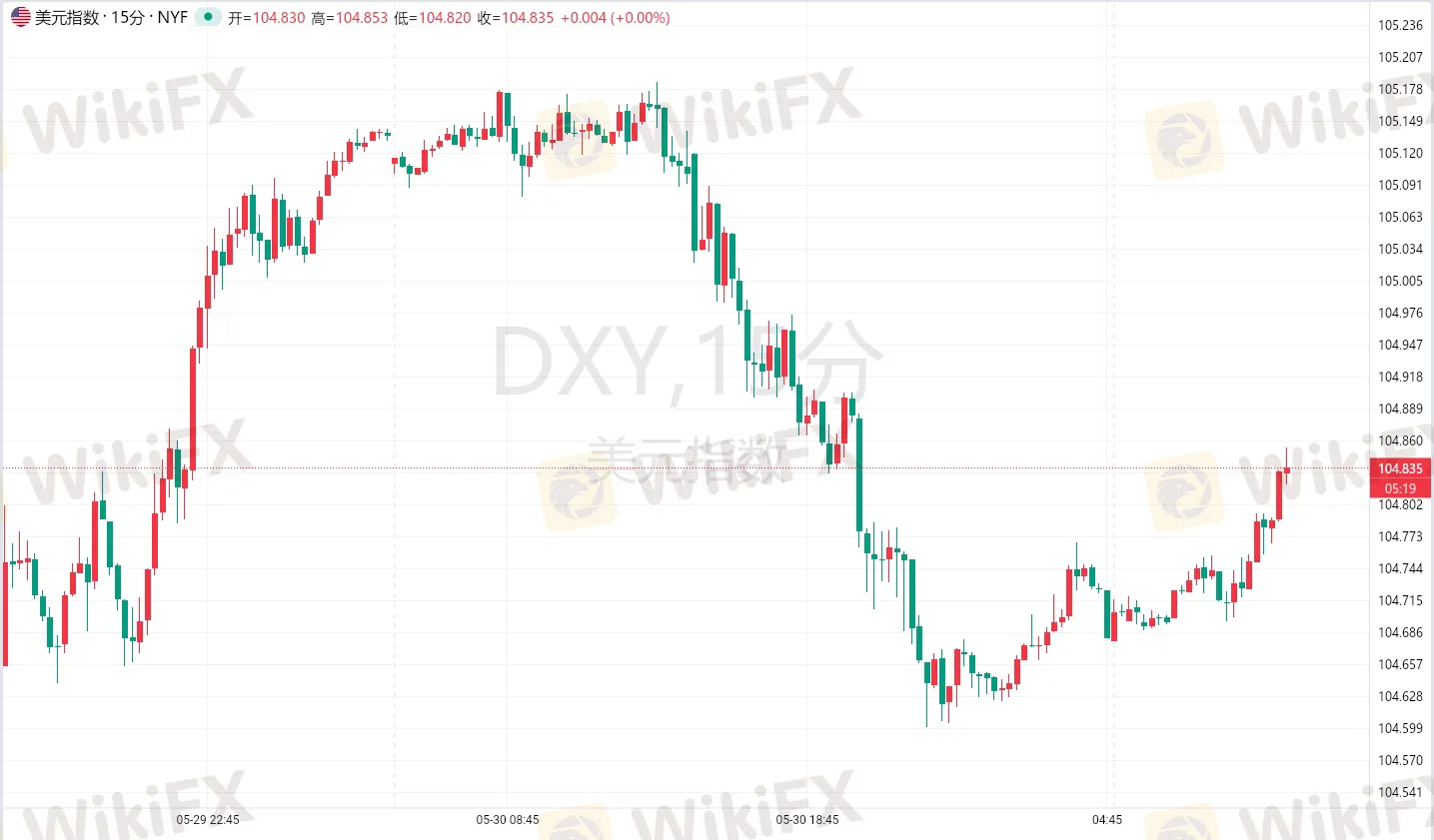【MACRO Alert】The US revised down both GDP and inflation for the first quarter!but signals indicate that there is no rush to cut interest rates!
Abstract:According to the latest data, the revised annualized seasonally adjusted real GDP for the US in the first quarter is 1.3%, lower than the initial estimate of 1.6%, and significantly below the 3.4% growth rate in the fourth quarter of 2023, indicating that consumer spending fell below expectations.
According to the latest data, the revised annualized seasonally adjusted real GDP for the US in the first quarter is 1.3%, lower than the initial estimate of 1.6%, and significantly below the 3.4% growth rate in the fourth quarter of 2023, indicating that consumer spending fell below expectations.

The data shows that personal spending increased by 2.0%, lower than the previous 2.5%. In terms of inflation, the revised annualized seasonally adjusted PCE price index for the US in the first quarter recorded 3.3%, slightly lower than the expected 3.4%. Excluding food and energy, the revised annualized seasonally adjusted core PCE price index is 3.6%, also lower than the previous expectation of 3.7%. After the data release, the spot gold price initially fell and then rose, hitting a low of $2322.61 during the session, before rebounding and recovering all intraday gains to ultimately rise by 0.21% to $2343.19 per ounce.

Bespoke Investment Group's assessment suggests that the overall data is in line with their expectations. A positive aspect is that inflation data, on the whole, is lower than anticipated. The previous quarter's economic decline in the US was primarily attributed to two factors: a surge in imports and a reduction in business inventories, both of which tend to fluctuate between different quarters.
Thursday's report indicated that imports dragged down economic growth by over 1 percentage point in the previous quarter, while business inventories decreased by nearly half a percentage point. Despite the Federal Reserve having raised benchmark interest rates 11 times since March 2022 to tackle the most severe inflation in 40 years, the US economy has shown remarkable resilience, consistently growing, with employers continuously hiring. Some analysts expect that the weak start to the year is unlikely to persist into the second quarter due to the ongoing strength in the job market.
However, despite the strong labor market, an increasing number of Americans are falling behind on credit card bills, hiring pace is slowing, and vacancies advertised by businesses are decreasing, indicating a possible softening in the US economy. Yet, Fed policymakers still anticipate a decline in inflation this year and are not eager to lower the policy rate from the range of 5.25%-5.5% maintained since July last year. Consequently, the US dollar index continued to retreat after posting its best single-day performance in a month yesterday.

Dallas Fed President Logan expressed continued concerns about the upward risks to inflation, emphasizing the importance of maintaining flexibility and considering it premature to contemplate rate cuts at this point. New York Fed President Williams noted that monetary policy constraints aid in lowering inflation to 2%, expecting inflation to approach that target next year. Chicago Fed President Gulsby raised the question of whether improvements in inflation would lead to an increase in the unemployment rate.
The market widely expects the Fed to adjust its forecast for three rate cuts this year to something closer to one or two cuts. Atlanta Fed President Bostick believes it is unlikely that there will be a rate cut in July, with the specific timing depending on future data and feedback. These remarks indicate a divergence among Fed officials regarding the economic and inflation outlooks, with a cautious and flexible attitude toward the timing of monetary policy adjustments.
WikiFX Broker
Latest News
How Do You Make Money in the Forex Market in March 2025
Europe’s High-Stakes Gamble: Can It Bridge the U.S.-Ukraine Divide?
Crypto Trading: New Trend among Indian Youth
Botbro Creator, Lavish Chaudhary Unveils New Project
Is TUOTENDA a cryptocurrency scam primarily targeting men over the age of 50?
Canada to Enforce Retaliatory Tariffs if U.S. Duties Persist
Unbelievable! Is the Yen Really Gaining Strength?
Malaysia’s EPF Declares Highest Dividend Since 2017 Amid Market Resilience
First UK Criminal Conviction for Unregistered Crypto ATMs Involves Over £2.5 Million
Consob Exercises MICAR Authority for the First Time, Shutting Down Unregistered Crypto Website
Rate Calc

